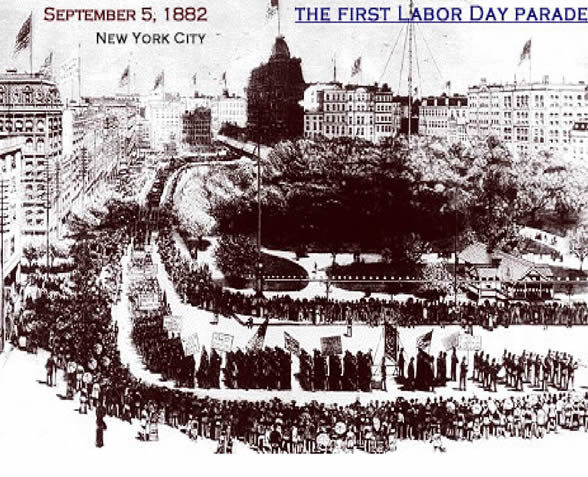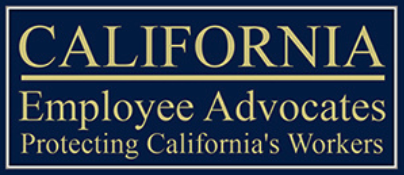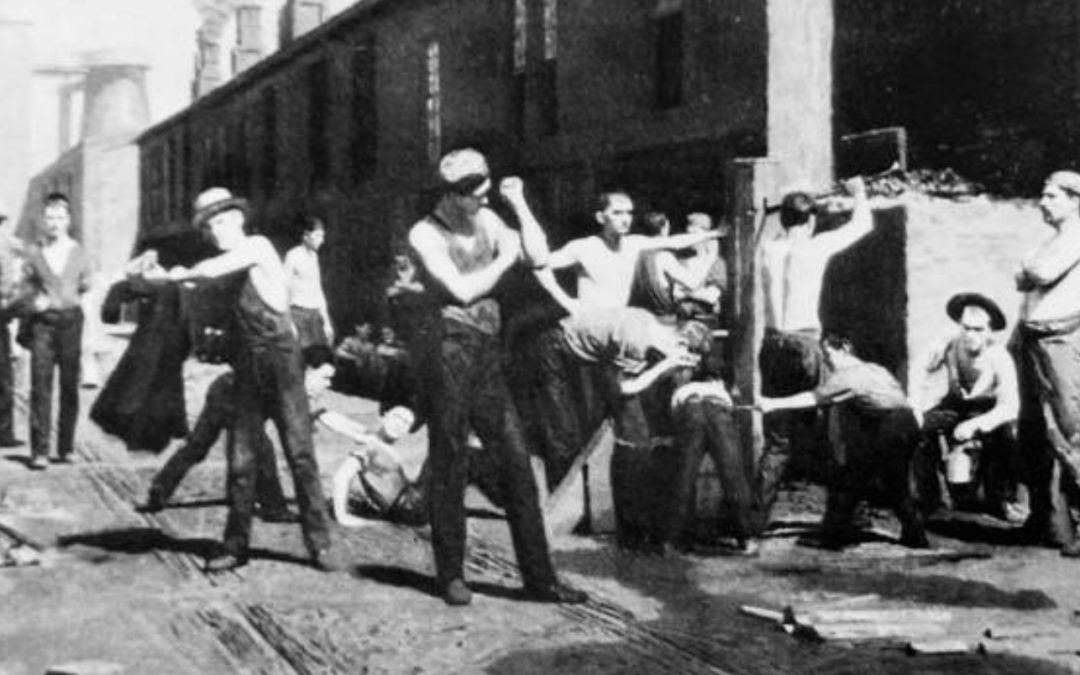The Deep-Rooted Origins of Labor Day
Labor Day, celebrated on the first Monday of September, is more than just a day off from work or the symbolic end of summer. It’s a day that pays tribute to the contributions and achievements of American workers. The origins of this holiday are deeply rooted in the labor union movement, which advocated for better working conditions, reasonable hours, and fair wages for all workers.
The first Labor Day holiday was celebrated on Tuesday, September 5, 1882, in New York City, following the plans of the Central Labor Union. The Central Labor Union held its second Labor Day holiday on September 5, 1883, just a year later. By 1894, the holiday was recognized as a national holiday in the United States and signed into law on June 28, 1984, by President Grover Cleveland.
During the peak of the U.S. Industrial Revolution in the late 19th century, the typical American faced grueling 12-hour workdays seven days a week to secure necessities. Shockingly, even children, some as young as five, were not spared, working in hazardous environments like mines and factories for meager pay.
The working conditions were often dangerous, needing more essential amenities such as clean air, proper sanitation, and adequate breaks. As the nation shifted from an agricultural to a manufacturing economy, labor unions, which had emerged in the late 1700s, became increasingly influential. These unions orchestrated strikes and demonstrations, demanding better working conditions and fair wages.
Some of these movements escalated into violence, like the notorious Haymarket Riot of 1886 in Chicago, which resulted in multiple casualties. However, there were also positive outcomes. For instance, on September 5, 1882, a groundbreaking event occurred when 10,000 workers in New York City marched from City Hall to Union Square, marking the inaugural Labor Day parade.
This concept of a day dedicated to workers observed on the first Monday of September gained traction nationwide. Although many states acknowledged it, Congress officially recognized Labor Day as a federal holiday until the Pullman Palace Car Company strike in 1894, which led to significant disruptions and violence.
The origins of Labor Day remain a topic of debate. Some attribute its inception to Peter J. McGuire, a critical American Federation of Labor figure. In contrast, others believe Matthew Maguire of the Central Labor Union was the brainchild behind the idea.

Labor Day Traditions
Today, Labor Day is known for various festivities across the U.S., from parades and barbecues to fireworks, particularly during the extended Labor Day weekend. For many, especially students, it signifies the conclusion of summer and the onset of the academic year.
The Tradition of Not Wearing White After Labor Day
The custom of avoiding white clothing after Labor Day dates back hundreds of years to the late 19th and early 20th centuries. During this time, white was considered the color of leisure and relaxation, often worn by the upper class as they escaped the heat in their summer homes. When Labor Day marked the end of summer, it was also seen as the end of the “white season,” signaling a return to work and the more formal, darker attire that came with it.
This tradition has endured through generations, but its reasons still need clarification. Fashion rules have relaxed significantly today, and wearing white year-round is generally acceptable. However, the “no white after Labor Day” rule persists as a cultural relic, a nod to a time when dress codes were more rigid and seasonal changes were marked by shifts in wardrobe.
For example, you might notice that white linen suits, sundresses, and sandals often disappear from store shelves after Labor Day, making way for fall collections featuring darker hues and heavier fabrics. While you’re unlikely to receive any honest criticism for donning white after the first Monday in September, adhering to this old-fashioned rule can be a fun way to participate in a long-standing American tradition.
Mondays as Holidays
The Uniform Monday Holiday Act, enacted in 1968, ensured that certain holidays would consistently fall on a Monday, providing federal workers with extended weekends. This legislation, ratified on June 28, 1968, designated fixed Mondays to observe Washington’s Birthday, Memorial Day, and Columbus Day.
Alongside Labor Day, other Monday holidays include:
- Martin Luther King Jr. Day
- President’s Day
- Memorial Day
- Columbus Day
Labor Day Observations in Los Angeles and California
Fast forward to today, Labor Day in Southern California is marked not by the traditional barbecues and family gatherings but by the spirit of activism. Thousands of workers have taken to the streets, wielding picket signs and voicing their demands for better working conditions and fair wages.

Current Strikes and Protests:
– Los Angeles City Workers: Over 11,000 city workers are gearing up for a one-day walkout, protesting against what their union describes as unfair treatment.
– UPS Workers: UPS, a major logistics company, faces potential disruptions as 340,000 unionized workers are amid contentious contract negotiations. A possible strike could have an economic impact estimated at $5 billion.
– Hollywood Writers: The Writers Guild of America (WGA) has seen its writers walk off the job following disputes over residuals from streaming platforms.
The essence of Labor Day is to honor workers’ contributions, and this year, Southern California workers embody this spirit in real time. They remind everyone of the importance of fair treatment, equitable wages, and the right to voice concerns. As the state witnesses peaceful marches and rallies, it’s a testament to the resilience and unity of its workforce.
In conclusion, while Labor Day celebrations might look different this year, the core values of the holiday remain intact. The workers of California are standing up for their rights and ensuring that the true meaning of Labor Day is not forgotten. As history rewrites itself, the focus on labor protections will undoubtedly increase in volume and temperature.


Recent Comments